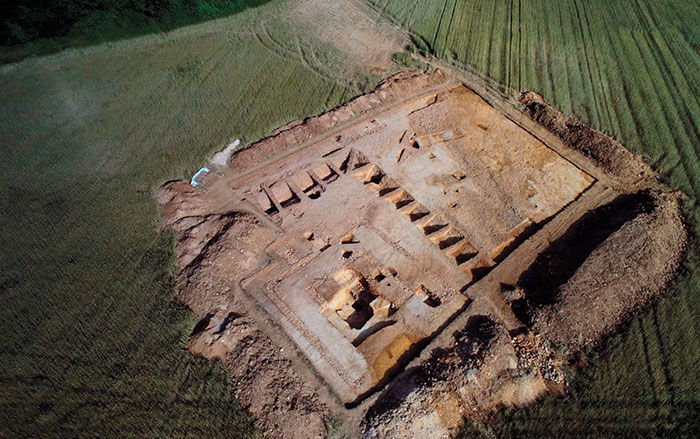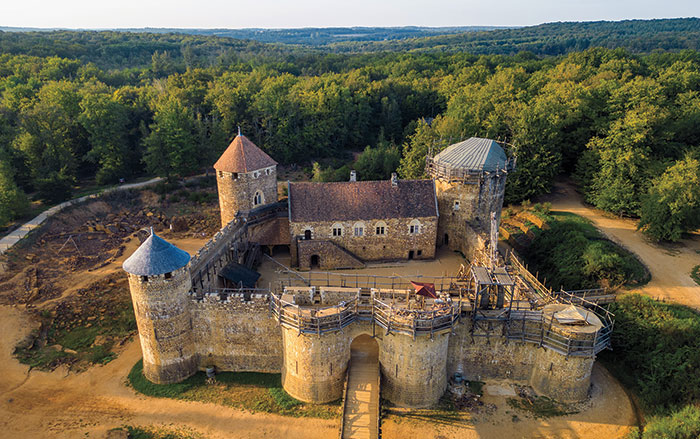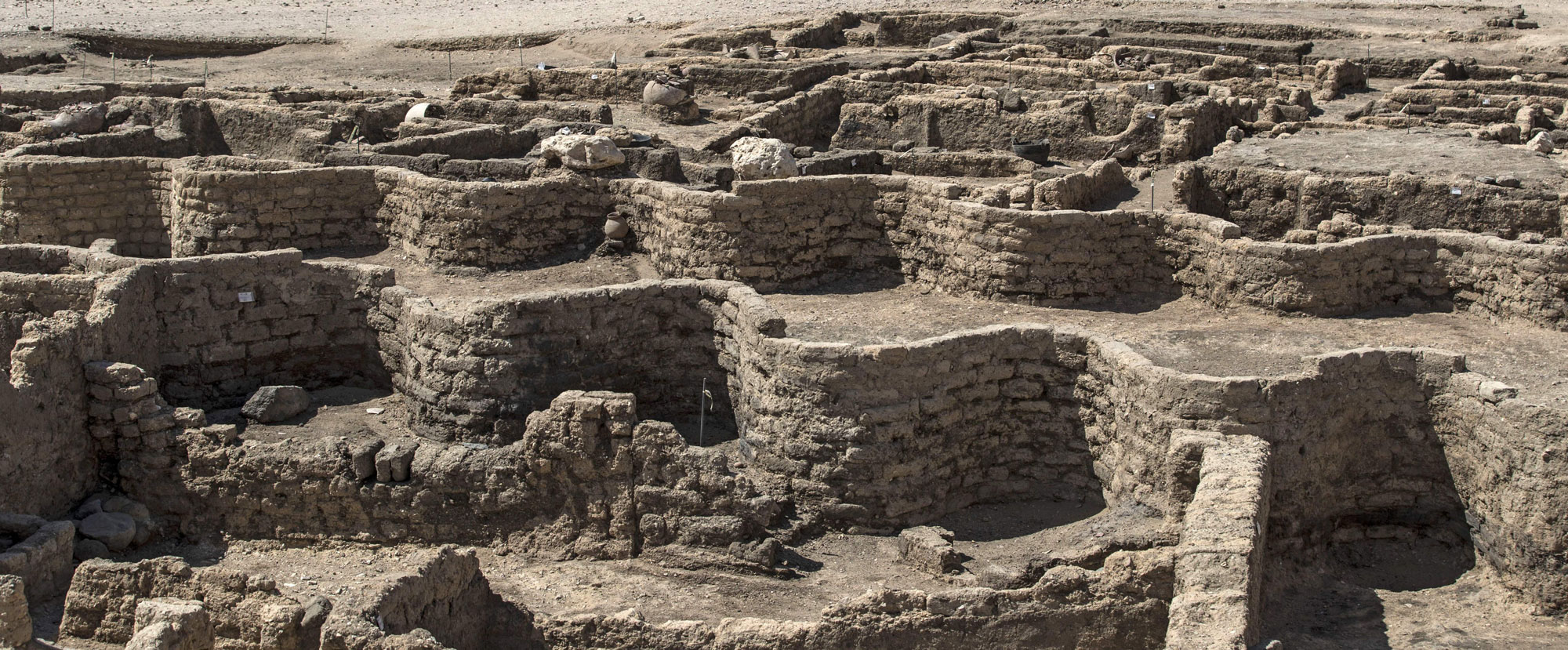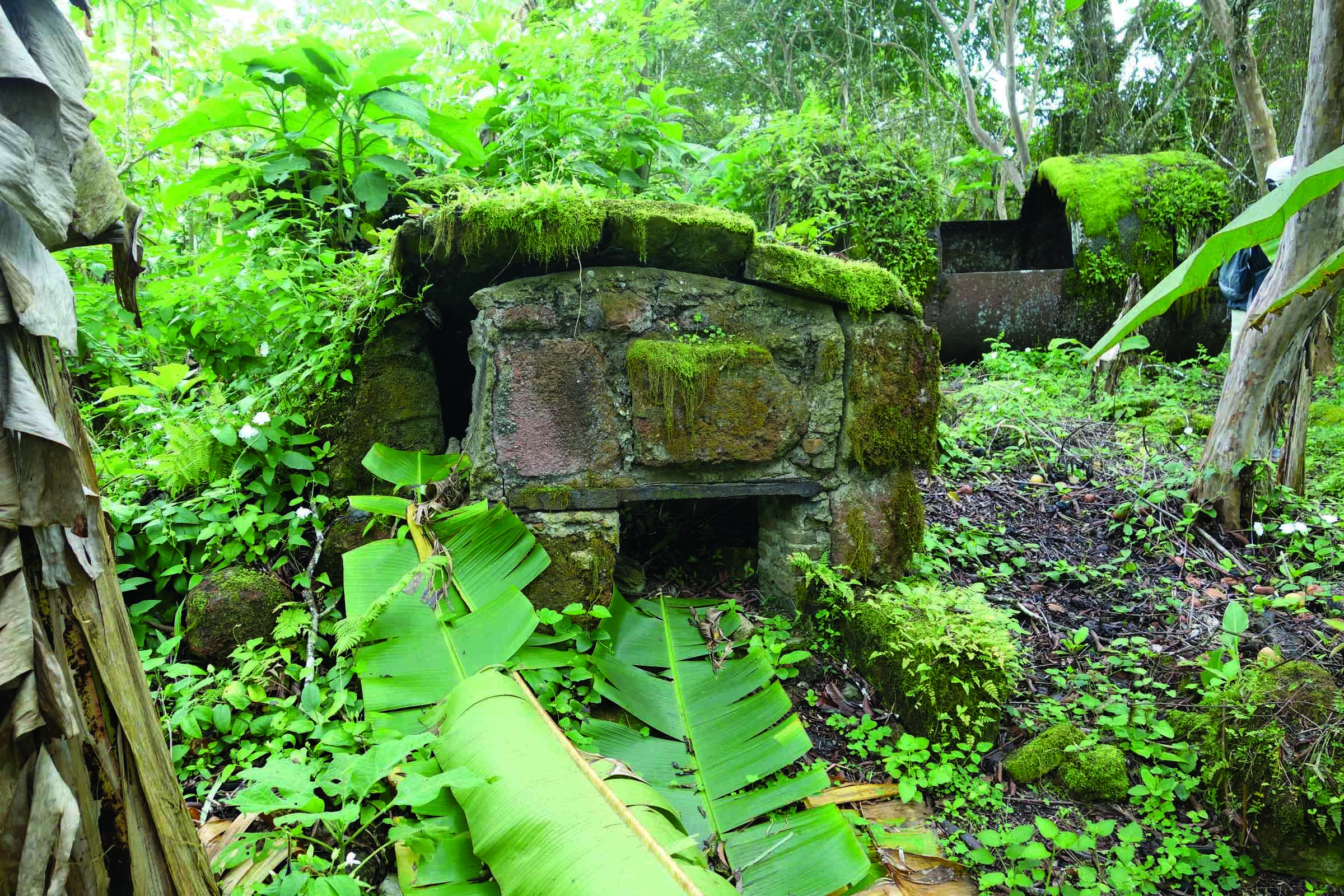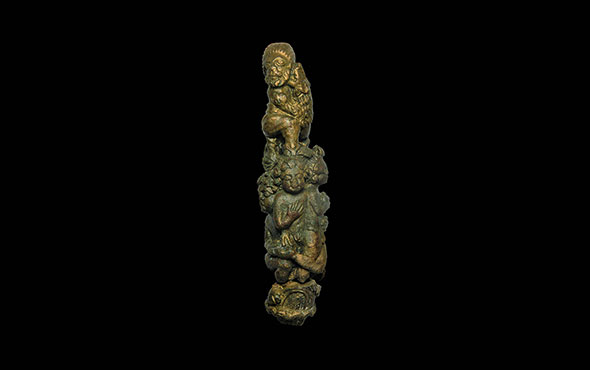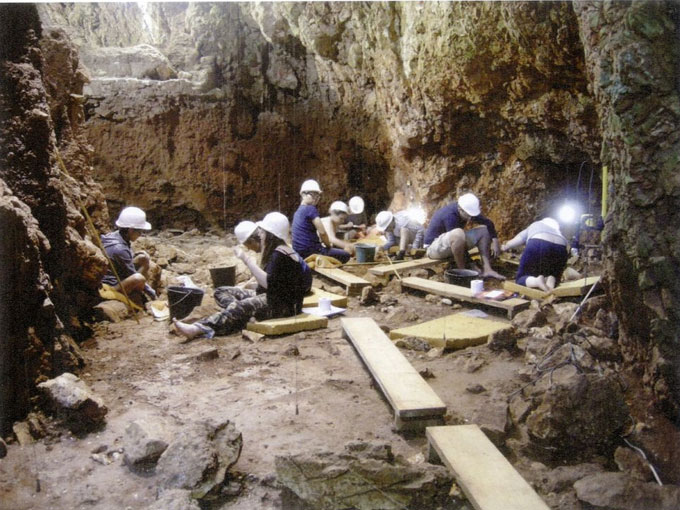
TEL AVIV, ISRAEL—According to a statement released by Tel Aviv University, computer simulations suggest that between 170,000 and 150,000 years ago, the early humans who occupied France’s Lazaret Cave balanced their use of fire with the amount of smoke it produced for maximum comfort. Researchers led by Yafit Kedar and Ran Barkai of Tel Aviv University created a smoke-dispersal simulation model to account for air circulation and smoke in a closed space, and then tested 16 hypothetical hearth locations within Lazaret Cave to measure the density of the resulting smoke in different areas of the space. The study suggests that in the winter, building a fire in the back of Lazaret Cave would have reduced smoke density to a minimum by allowing it to travel out of the cave along its ceiling. But in this simulation, the areas with the freshest air were also far away from the hearth, Kedar explained. Then the researchers identified an area of about 270 square feet where the occupants of the cave would have had room to work, cook, eat, sleep, and gather while benefiting from the fire’s light and heat, and yet still avoid exposure to too much smoke. And, indeed, evidence of fire building has been found in this area, Kedar and his colleagues concluded. Read the original scholarly article about this research in Scientific Reports. To read about a recent study of fires and air pollution within homes at Çatalhöyük, go to "Around the World: Turkey."



